Search
Summary
Loading AI-generated summary based on World History Encyclopedia articles ...
Answers are generated by Perplexity AI drawing on articles from World History Encyclopedia. Please remember that artificial intelligence can make mistakes. For more detailed information, please read the source articles
Search Results
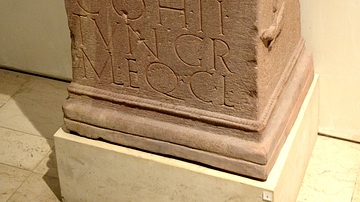
Image
Altar Dedicated to the Roman Emperor
Roman stonemasons made altars and other monumental masonry as well as other buildings. This altar is dedicated to the Roman emperor by army units and shows the skill of the masons in both lettering and decoration. From Birrens, Scotland...
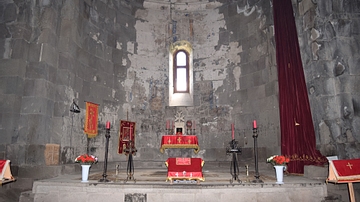
Image
Altar at Church of St. Pogos and Petros
This is the high altar at the Church of St. Pogos and Petros at Tatev Monastery in Armenia. This church dates from the end of the 9th century CE.
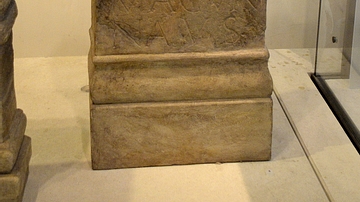
Image
Altar Fragment to Jupiter Dolichenus, Birrens
Roman soldiers, when they came to Scotland, brought their own gods and goddesses from their local areas. Exotic cults were easily adopted too, such as that developed to Jupiter Dolichenus (a mixture of Roman Jupiter and a Syrian sky god...
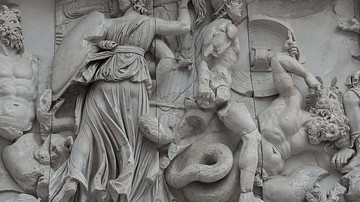
Image
Hecate Fighting the Giant, Pergamon Altar
On the left side the goddess Hecate is depicted while fighting the giant Clytius (she fights in three incarnations with a torch, a sword, and a lance); Detail from the Pergamon Altar's frieze (The frieze depicts Gigantomachy); built in 2nd...
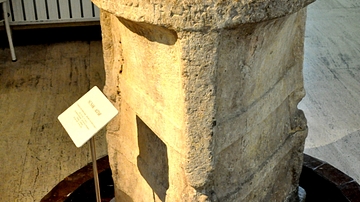
Image
An Altar from Dur-Sharrukin
This limestone altar was dedicated to the temple of the god Sibitti by the Assyrian King Sargon II. From Dur-Sharrukin (modern Khorsabad, Ninawa Governorate, Iraq), Mesopotamia. Neo-Assyrian era, 721-705 BCE. (Istanbul Archeological Museums/Ancient...
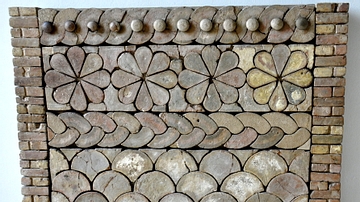
Image
Part of an altar from Tel Halaf
These enamelled bricks formed part of an altar at the forecourt of the temple palace of Guzana (or Gozan). From Tell Halaf (modern Al-Hasaka Governorate), northeastern Syria. Neo-Assyrian period, circa 800 BCE. (The Pergamon Museum, Berlin...

Image
Apollo Candle from Altar of Aphrodite
Apollo candle is from the shop Altar of Aphrodite.
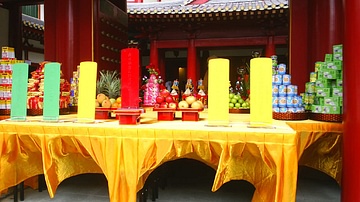
Image
Altar, Hungry Ghosts Festival
Celebrations of the Ghost Festival include public altars and parades where food is thrown into the air. The ghosts are thought to be hungry and so food is provided for them in homes and also in public places. Altars of fresh fruit and sweet...
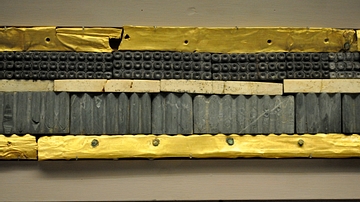
Image
Altar Frieze from Tell Brak
This is from the Eye Temple at Tell Brak. The gold and stone elements were fastened to wood. The design appears to reflect a temple facade; the small circles imitate cone mosaic, and the vertical fluting represents half-columns or niches...
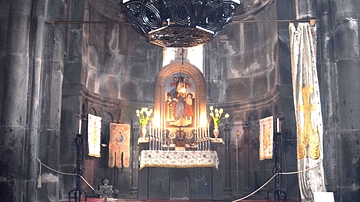
Image
Altar at Geghard Monastery
Geghard Monastery in Armenia contains a number of churches, altars, and tombs, most of which are cut into rock. The monastery is widely considered the very peak of Armenian medieval architecture. It was founded at some point in the 4th century...